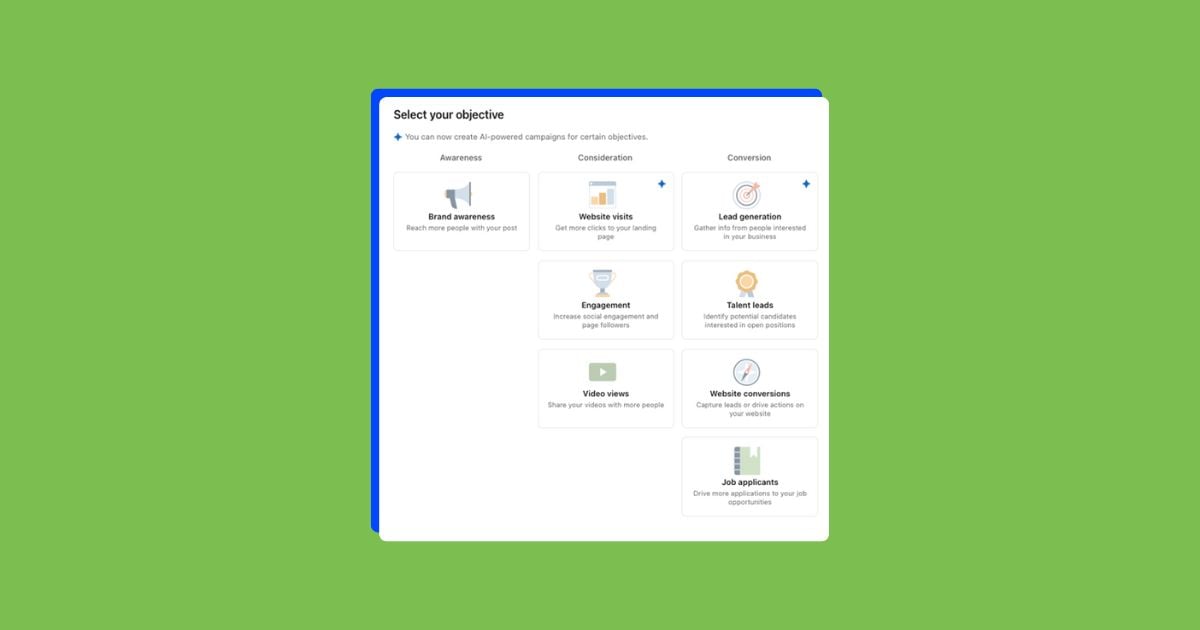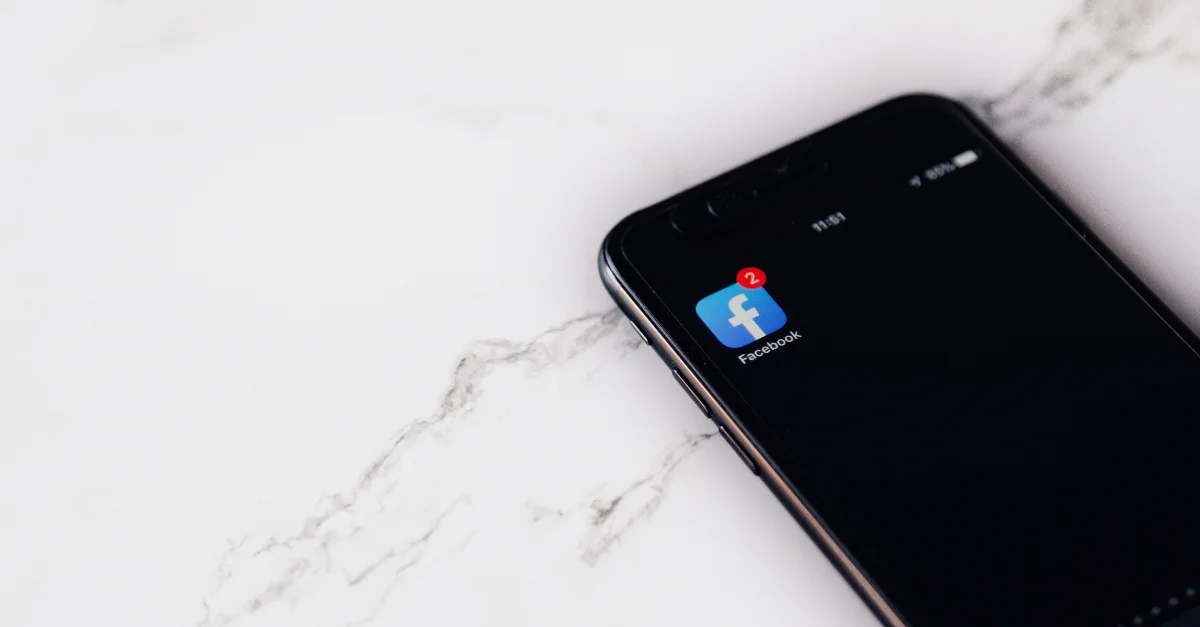LinkedIn is the best platform for B2B targeting in the PPC space, bar none.
In recent years, LinkedIn has become a more popular destination for users to consume content. Rather than seeing what your great aunt ate for lunch on Facebook or hearing someone yell about politics on Twitter, you can check LinkedIn to see what your contacts are up to and what topics are trending in your industry. For advertisers, the targeting options allow you to zone in on just about any part of your audience’s profile, and since the platform also has many benefits for their users, it’s in their best interest to keep their profiles up to date.
That’s why LinkedIn is the place to be if you want to generate higher quality B2B leads. But, if that’s your goal, you need to know that not all strategies are created equal.

Here, I want to talk about LinkedIn Lead Generation Ads and some best practices for you to leverage in your account. Let’s dive in!
1. Have something valuable to offer
This is the biggest issue I see with advertisers on LinkedIn. Every business thinks what they have to offer is amazing—and I’m sure your product or service absolutely is. But that doesn’t mean it’s appealing for someone to start hard selling you on their offerings without generating any type of connection with you.
I’m sorry, but a demo for your software to a cold prospecting audience likely isn’t going to do well with LinkedIn advertising.
If the content or offer you have isn’t important, no one is going to want it no matter what type of campaign you’re using. So you need to make sure you can offer something of value to your prospects.
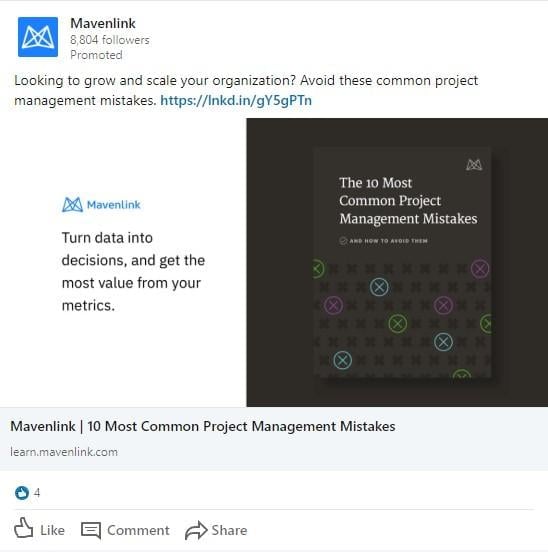
This could be anything from an industry report to a rundown of common issues your customer base faces and how to solve them, sometimes without your product involved. Do some research and know what your market wants, and then deliver something fantastic to them for the low, low price of one lead gen form fill.
Related: 10 Must-Use LinkedIn Company Page Features
2. Integrate your CRM to follow up with leads right away
Depending on what platform you’re using, LinkedIn might allow you to directly integrate with your CRM for lead gen ads submissions.
Although you can manually export your leads, I highly recommend you integrate your CRM. It will make life so much easier for a couple reasons.
First, it saves you time of logging in and manually exporting leads on a regular basis.
Second, these B2B leads are able to start working their way into your nurture flows immediately. There’s nearly no lag time on when they user fills out the form to when they’re now part of whatever follow-up sequence any other user would be after filling out the form directly on your site.
Here is more information on how you can link your CRM and LinkedIn depending on the platform you use.
3. Give your form a useful, systematic name
I’m a stickler for naming convention, as it always makes Future You’s life much easier.
Imagine troubleshooting a form issue or wanting to set up a test with new form settings and logging in and seeing a list of the following form names staring back at you:
- Lead gen form #1
- Form 2
- New form 2
- Test form
What in the world does any of that mean? Literally nothing.
Now you’re stuck clicking into each one of them and trying to figure out what’s happening and forgetting what you just read between “Form 2” and “New form 2″ if there even was a difference.
Give your forms a meaningful name so you can figure out what is going on from the outset to help with future ad testing.
For example, here’s a real account of mine:

For this account, I know exactly what each of these forms has going on because we have a proper naming convention that might seem silly to an outsider but makes sense to me—way more sense than a “Form 2.”
4. Treat the LinkedIn lead gen form text fields like a landing page
Since the user doesn’t usually end up going to your website until the confirmation page (if at all), it’s important to treat the form text itself as if it’s the landing page.
In the same way you craft your landing pages, put some time and effort into your form content.
The user is deciding if they’re willing to give their information in exchange for what you’re offering and if you undersell it, they’re not going to, costing you the expensive LinkedIn CPC while not netting any benefit.
If you’ve followed Tip #1, this should be pretty easy.
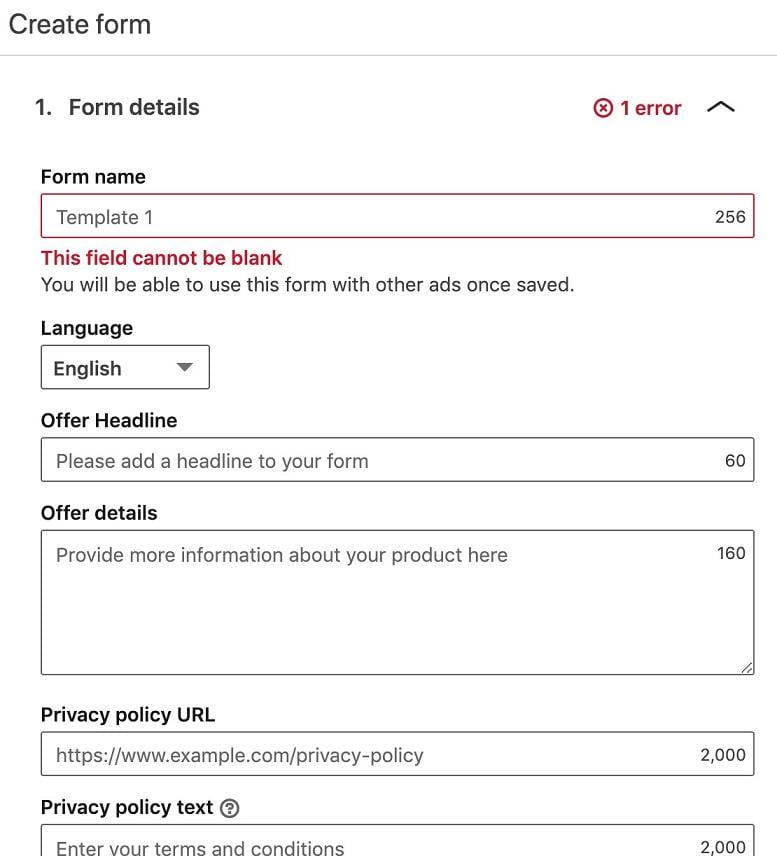
Just like you would on any landing page, use the “Offer Headline” and “Offer Details” sections of the lead gen form to tell the user what benefit they’ll get from filling out the form. There are text limits, so be concise but appealing. Easy, right?
5. Balance volume and quantity
Just like any other form, you have to strike a balance between the questions you ask and the number of responses you want to get.
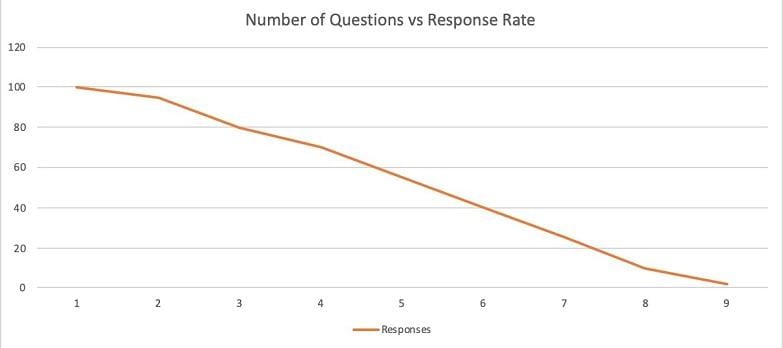
In most instances, this chart is going to hold true: The more questions you ask, the fewer form fills you’re going to get.
And that’s OK! Too many people are focused on getting as many form fills as possible without thinking of the lead quality.
If you’re out for a volume play, use the minimum number of questions you can get away with to still call that person a “lead.” In my experience, that could be as little as just an email address and a first name.
But if you’re like most of the companies I work with and you want to have better quality leads rather than just anyone, it’s now time to start curating your form questions to weed out the lower quality users.
If you’re trying to get higher quality leads, here are my main suggestions:
- Ask more questions.
- Leverage the custom questions .
- Force the user to type something in, don’t use all “autofill” questions.
Speaking of custom questions…this feature is particularly useful for collecting first-party data, which is becoming increasingly important as privacy measures are growing.
6. Leverage hidden fields if you need to
Just because you have your lead forms integrated with your CRM doesn’t necessarily mean that all tracking is going to work perfectly. Depending on how you’re tracking performance and have leads mapping in your CRM, it might make sense for you to leverage the hidden fields in the form.
Essentially, these allow you to pass additional information into your CRM that isn’t directly found within the form. These are GREAT for tracking sources, targeting, creative, and more in your CRM like we do for landing page visits.
Here’s what the builder looks like:
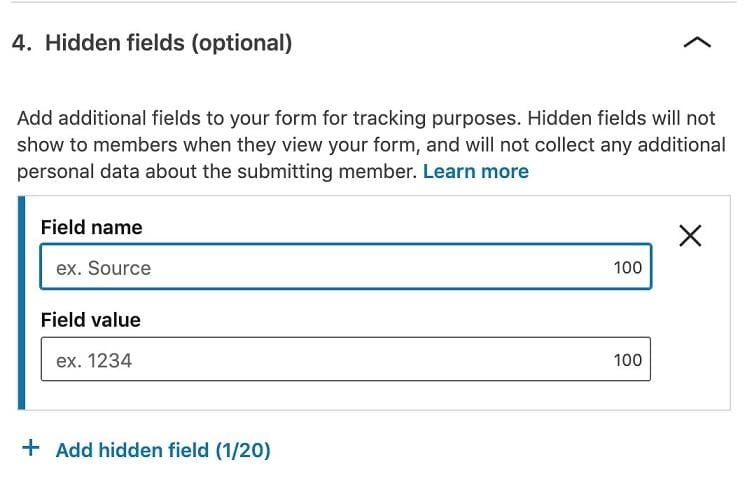
In the “Field name” portion, choose what portion for your CRM you want this form to map to. Is this a source, medium, campaign, etc.?
The second portion is where you enter the actual value, like “linkedin,” “cpc,” or “lead-gen-ads.”
We’re able to add up to 20 hidden fields—this will likely be plenty, but use them wisely as that’s all you get!
7. Tag your landing page URL with proper UTM tags
As mentioned above, with LinkedIn lead gen ads, users can fill out your form without ever visiting your landing page, but there are some ways they can and if they do, you should be ready to tag them just as you would if you were running regular sponsored content campaigns.
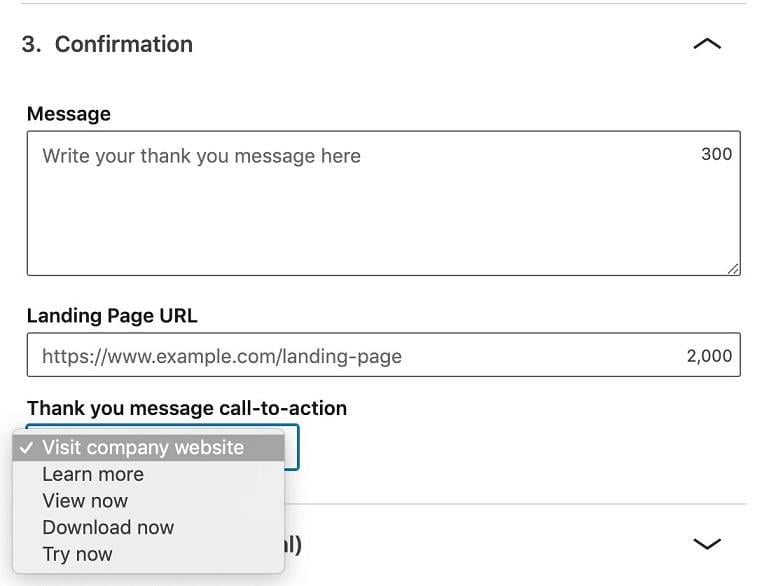
In the “Confirmation” section of the form builder, LinkedIn has you add a landing page to send users to your website. This could either be to get the information they just filled out the form for or it could be just to give them more information about your business.
Either way, treat this just as a normal landing page and add all applicable UTM tags so you can create retargeting audiences and track performance.
8. Give users two ways to get their information
Depending on what you’re offering through your ads, it’s important to remember that not all users are the same and they could have different intentions for when they’re going to engage with your content.
Specifically, for those offering a brochure, industry report, whitepaper—something the user could want to read right that minute or something they could be wanting to come back to later—I encourage you to give them multiple ways to engage with your offer.
The first is to give the website link (if applicable) and the landing page URL in the Confirmation we discussed above. This way, if they want the content right away they can click through the URL and get it.
Second, and regardless if they engage with the content immediately, have your CRM email them another route for getting back in. Even if it’s a short note to say “Here’s the industry report you requested,” it can go a long way for the person to continue to refer back to the information and continue to see your brand as an educational source and create stronger ties for the future.
9. Use the Linkedin Website Demographics feature
This is a great way to optimize your LinkedIn ads. Within the LinkedIn Campaign Manager is a very helpful yet little-known feature that allows you to segment visitors to your website from your LinkedIn ads based on their job function, company, company size, and more. Head here to learn more about using Linkedin Website Demographics to improve your ad performance.
Use these tips for better LinkedIn lead generation today
LinkedIn lead gen ads can be a great way to get higher conversion rates out of the already expensive audience. Use these tips to make your campaigns more efficient for you and more impactful for your customers and both sides will win.


